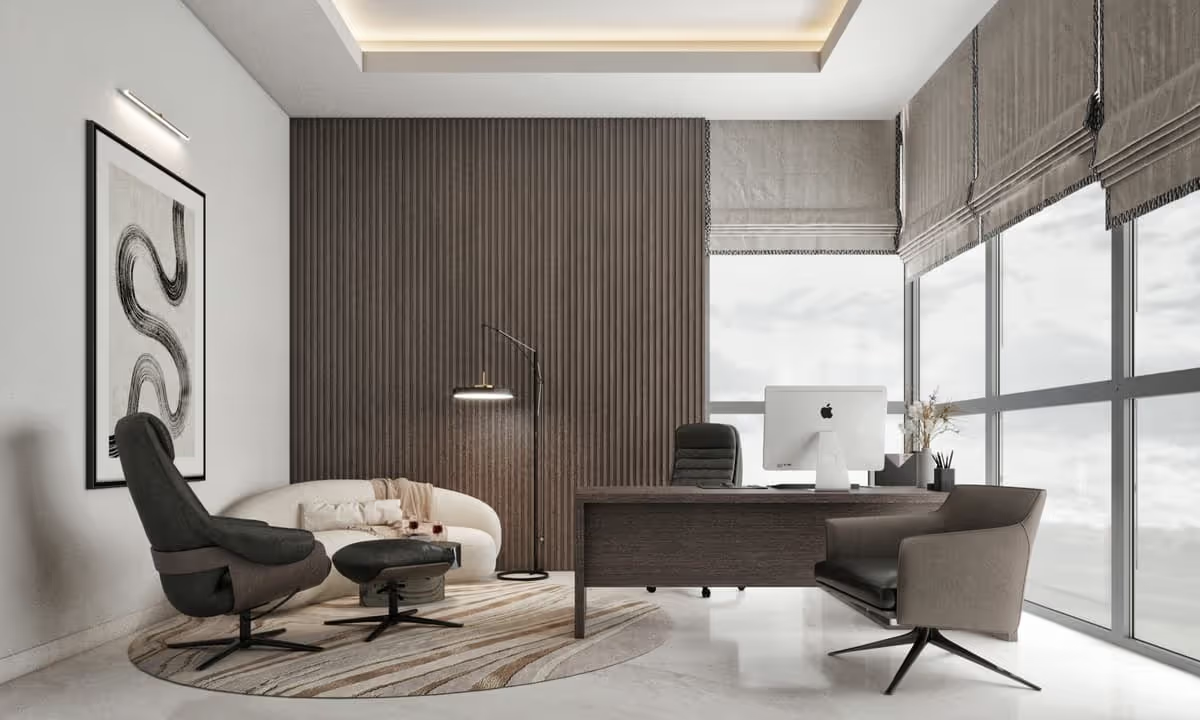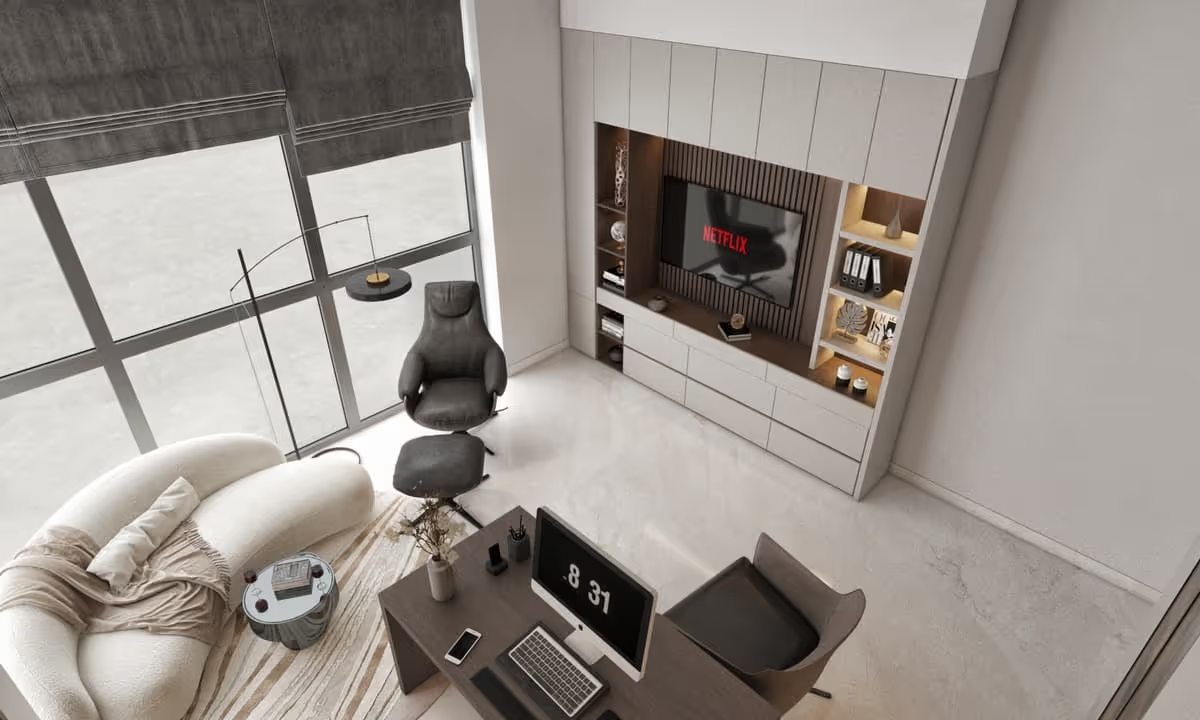
Designing a Productive Home Office
As remote work continues to rise in popularity, having a productive and inspiring home office is becoming increasingly important. Designing a workspace that fosters focus, creativity, and efficiency is essential for maintaining productivity and work-life balance. In this blog post, we will share expert tips and practical advice for designing a productive home office that maximizes comfort, organization, and functionality.
1. Define Your Workspace
Start by designating a specific area solely for work purposes. This could be a spare room, a corner of your living room, or even a converted closet. By creating a dedicated workspace, you establish boundaries and separate your professional life from your personal space.

2. Prioritize Ergonomics
Invest in an ergonomic desk chair that provides proper support for your back and promotes good posture. Ensure your desk is at a comfortable height, allowing your arms to rest at a 90-degree angle while typing. Consider adding an adjustable standing desk to switch between sitting and standing positions throughout the day.
3. Optimize Lighting
Natural light is ideal for a productive workspace, as it enhances mood and reduces eye strain. Position your desk near a window to take advantage of natural light. Supplement with task lighting, such as a desk lamp, to provide focused illumination for reading and writing.
4. Reduce Distractions

Minimize distractions in your home office to maintain focus. Consider noise-cancelling headphones or a white noise machine to block out unwanted sounds. If possible, separate your workspace from high-traffic areas or use room dividers to create a visual barrier.
5. Incorporate Inspirational Elements
Surround yourself with elements that inspire and motivate you. Hang artwork, display quotes, or create a vision board to keep your goals and aspirations in sight. Introduce plants for a touch of nature, as they improve air quality and add a sense of tranquility to the space.
6. Enhance Organization
A clutter-free and well-organized workspace is crucial for productivity. Invest in storage solutions such as shelving units, filing cabinets, and desk organizers to keep essentials within reach and maintain a tidy environment. Utilize digital tools and cloud storage to minimize paper clutter.
7. Personalize Your Space
Make your home office a reflection of your personality and style. Incorporate decorative elements, such as artwork, plants, or meaningful objects, that bring you joy and create a comfortable and inviting atmosphere. Personalization can boost your mood and increase your overall satisfaction with your workspace.

8. Establish Tech Infrastructure
Ensure your home office is equipped with reliable technology. Invest in a fast and secure internet connection, a reliable computer, and necessary peripherals such as a printer or scanner. Set up a backup system to protect your valuable work files.
Conclusion
Designing a productive home office is vital for successfully navigating the world of remote work. By implementing these expert tips, you can create a space that promotes focus, creativity, and efficiency. Remember to prioritize ergonomics, optimize lighting, reduce distractions, and enhance organization. Personalize your space and establish a tech infrastructure that supports your professional needs. With a well-designed home office, you'll be well-equipped to tackle your workday and achieve your goals while maintaining a healthy work-life balance.

